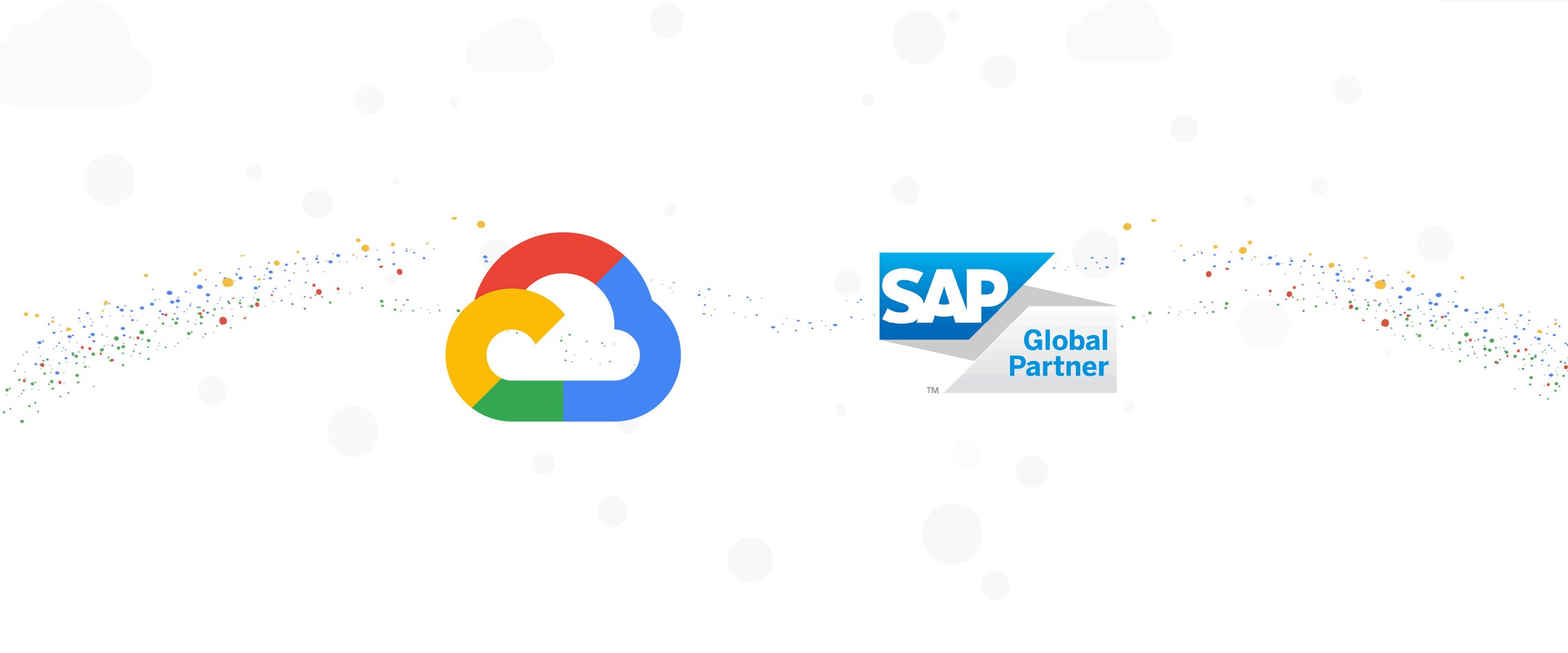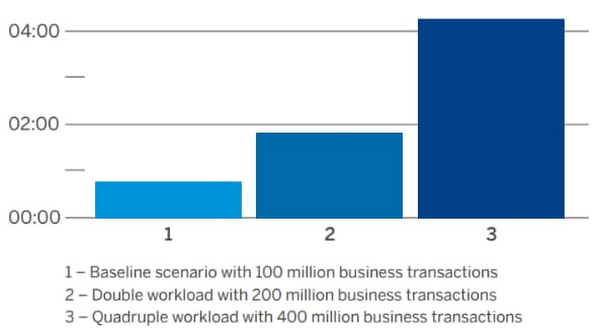Google Cloud and SAP demonstrate massive scalability for financial services customers

June Yang
VP, Cloud AI & Industry Solutions
The mission: Proving a scale-out cloud solution for SAP financial products subledger delivers performance, scale and reliability
When financial firms run a critical, resource-intensive application like SAP’s financial products subledger (FPSL), they have traditionally adopted a monolithic, single-node, scale-up architecture. But this type of system isn’t designed to sustain long-term growth. As these systems grow, they get increasingly unwieldy and expensive.
To demonstrate the cloud’s capabilities to run FPSL at scale, Google Cloud and SAP engineers conducted a six month proof of concept (POC), using SAP S/4HANA for financial products subledger on Google Cloud. The scale-out architecture was leveraged to run a payment scenario similar to those run by specialized payment providers such as PayPal. While financial firms have been running this product for years on legacy single-node systems, SAP has optimized FPSL today to run on public clouds as an easily deployed scale-out solution. In a scale-out scenario as system demand grows, admins add new system instances that run in parallel as part of a distributed application architecture. But could a cloud-native, scale-out architecture handle the real-world demands of an application like FPSL, especially at extreme scale?
Testing included a variety of Google Compute Engine VM instance types, plus network and storage resources. Both the SAP HANA database and application server environments spanned multi-node clusters that were scaled to a 96TB SAP HANA scale-out landscape. More details on the test environment can be found in the white paper.
To give FPSL a real workout, the test data set generated for this purpose included a total of 10 million current accounts and daily postings of 40 million business payment transactions. The team used this data to simulate processing for all of the 2020 fiscal year plus half of FY2021—yielding a total of 12 billion payments and more than 200 billion subledger items intended for end-of-year accounting.
Scale-out SAP S/4HANA FPSL on Google Cloud: 3 key findings
The project yielded a wealth of hard data, based on internal measurements conducted by Google Cloud and SAP from April to September 2020. Performance, reliability and efficiency are key benefits for FPSL customers.
1. Performance and scale are no longer limitations for FPSL. System performance and scale was demonstrated on a number of levels with 200 billion records touched in 30 seconds for year to date balances. The system successfully maintained performance and throughput as it scaled with increasing parallel tasks from multiple application servers. A 40X acceleration in query runtime speed was achieved through parallelization. Engineers reduced runtime 2.7X—from two hours down to 44 minutes compared with performance levels for on premise scale-up systems. For peak data volume testing to simulate a Black Friday or Cyber Monday, loads were increased progressively from 40 million transactions to 160 million, quadrupling the number of line items per posting date from 500 million to 2 billion per day. Under these conditions, the figure below shows, the system responded, as expected, with slightly more than linear performance (volumes of 200% required slightly more than 200% runtime).


“The technology, products and services available through the SAP and Google Cloud partnership has given our Back Office significant agility and scalability. By moving to Google Cloud, we are positioning ourselves to keep pace with elevated transaction volumes, constant new financial product releases around the globe and M&A integration activities requiring swift operations.” —Dan Torunian, VP, Employee Technology and Experiences, PayPal
2. Reliability was not compromised but improved due to Live Migration of Google Cloud VMs. The Google Cloud test environment ran actively for 24 weeks straight. The system ran continuous cycles of daily payment processing and year to date balances, with each day of actual system runtime handling the processing for multiple, simulated business days. When this process finished, the test environment started it again, without a second of intervening downtime.
Not only were there no unplanned outages, but downtime as a result of system maintenance or applying security patches was also avoided. Google Cloud's Live Migration capability keeps HANA VM database and application instances up and running by moving them seamlessly between servers when systems require maintenance or patching. The team also demonstrated plenty of headroom for additional workload demands with only 20-40% CPU utilization for the database and 15-30% CPU utilization for the application layer.
Data protection for the environment was also put to the test. Multiple backups were performed and stored in Google Cloud’s multiregional Cloud Storage using the Cloud Storage Backint agent for SAP HANA. This resulted in 99.95% availability (or “11 nines” durability) with multi region replication, comprehensive encryption, and no egress cost. Engineers consistently measured speeds faster than 5 GB/second for backups to a multi-region-replicated cloud storage bucket (16.97 TB at 5.39 GB/second = 54 minutes).
3. Enabling new optimizations like data tiering resulted in a 78% memory footprint reduction. The study also put the spotlight on data tiering as a strategy for managing storage costs. Powered by SAP HANA’s native storage extension data can be separated into "hot" and "warm" partitions for higher vs. lower priority access. The lower priority data is deemed "page loadable" and removed from memory, although it remains visible to the applications. Thanks to this capability, the test results showed a 78% reduction in memory footprint, in return for a very minor increase in data volume to the system's disk storage—an important source of efficiency as transaction and data volumes continue to expand.
"The SAP S/4HANA for financial products subledger solution on a 96 TB SAP HANA scale-out configuration brings the best of SAP and Google Cloud engineering together to deliver groundbreaking capabilities to PayPal. By combining Google Cloud’s expertise in building scalable, distributed systems with SAP's relentless focus on delivering mission critical business process automation, PayPal now runs one of the world’s largest scale-out clusters of SAP HANA, with room to scale even further.” —Urs Hoelzle, SVP Technical Infrastructure, Google
We've only scratched the surface of the findings here. If you're looking to learn why more financial firms are trusting Google Cloud to host their most critical and sensitive core applications, download the white paper for even more insights into SAP and Google Cloud’s test results. Check out SAP’s perspective on this great achievement. Learn more about all Google Cloud solutions for SAP customers here.

